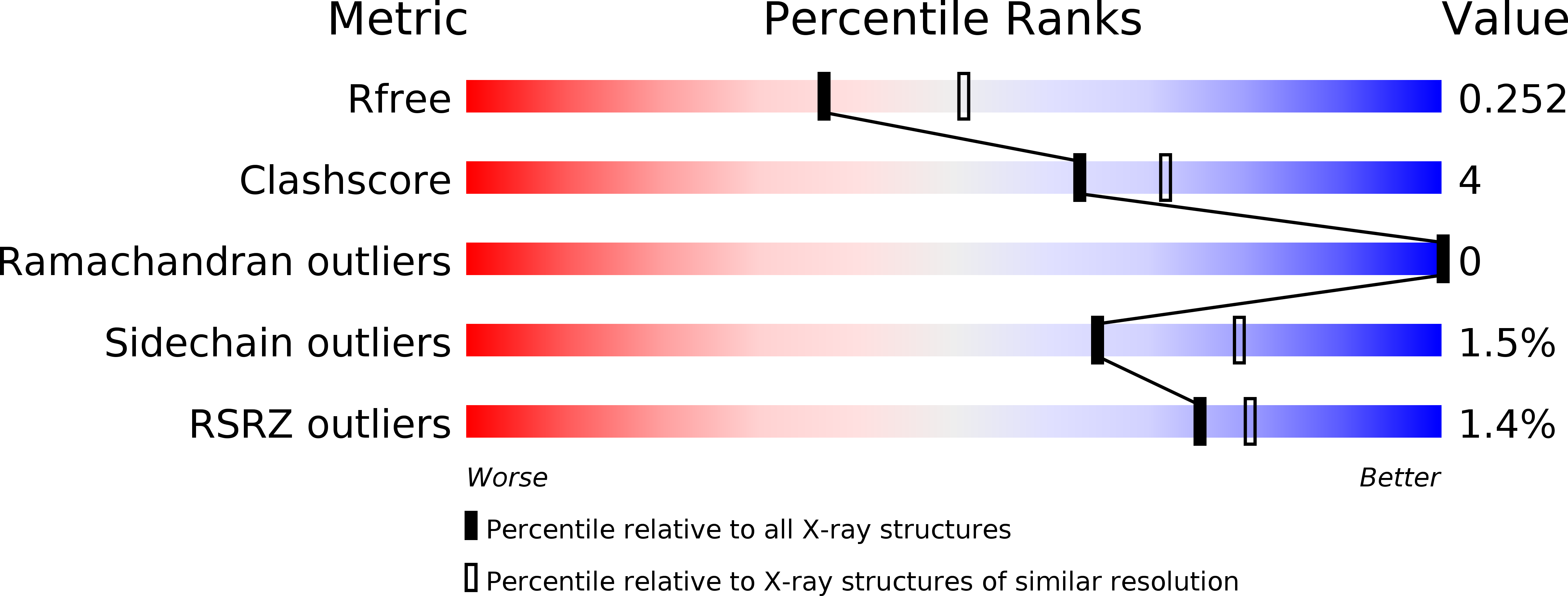
Deposition Date
2016-12-14
Release Date
2017-03-15
Last Version Date
2024-10-16
Entry Detail
PDB ID:
5MOY
Keywords:
Title:
Crystal structure of the BoNT/A2 receptor-binding domain in complex with the luminal domain of its neuronal receptor SV2C
Biological Source:
Source Organism:
Clostridium botulinum (Taxon ID: 1491)
Homo sapiens (Taxon ID: 9606)
Homo sapiens (Taxon ID: 9606)
Host Organism:
Method Details:
Experimental Method:
Resolution:
2.30 Å
R-Value Free:
0.25
R-Value Work:
0.19
R-Value Observed:
0.19
Space Group:
P 21 21 21


